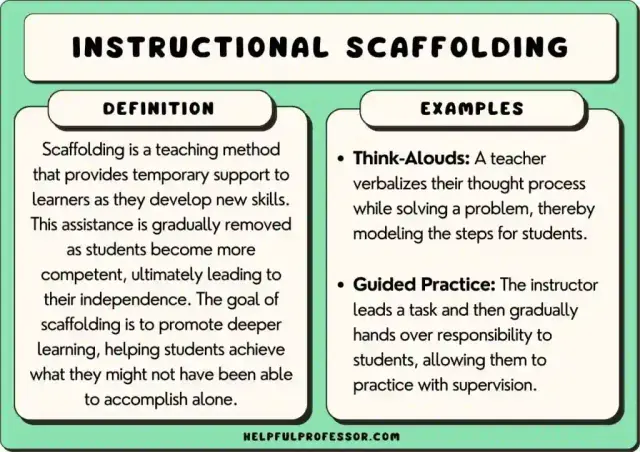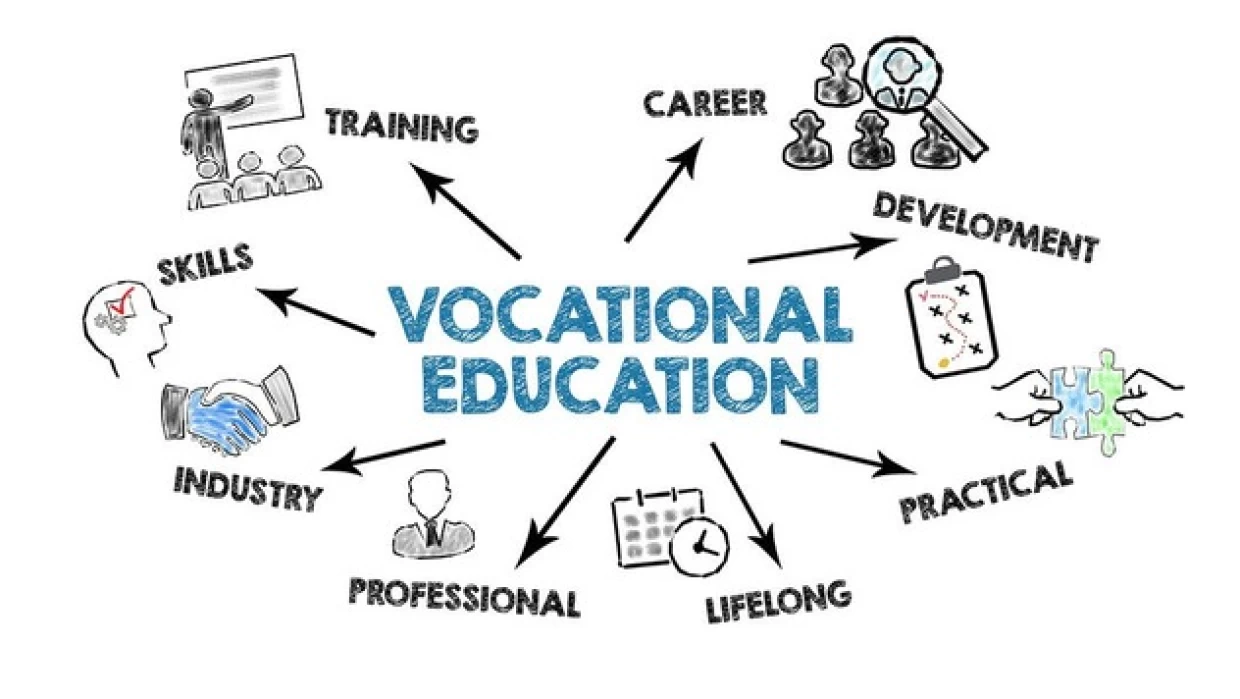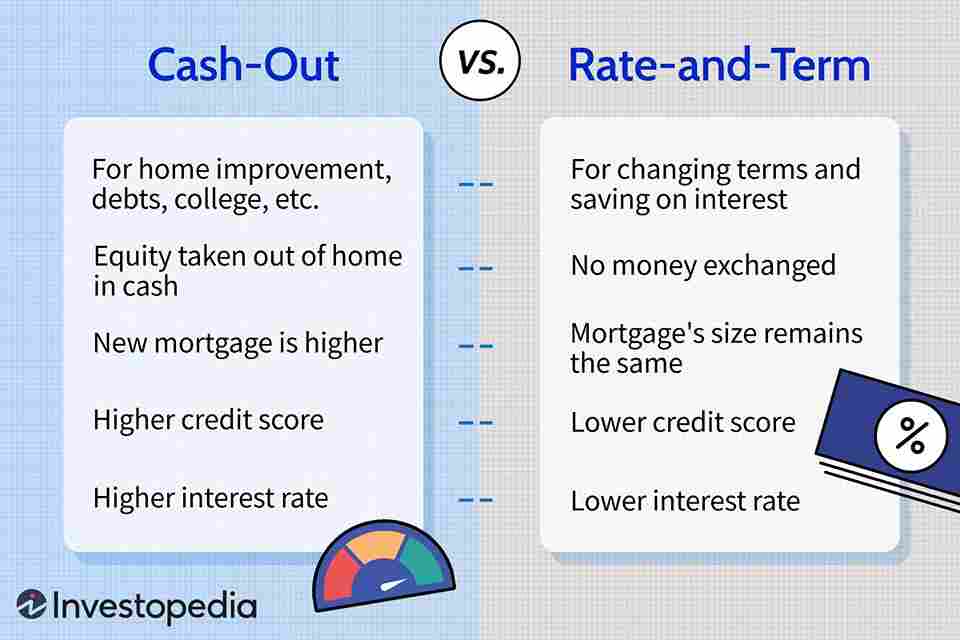What Is Scaffolding in Education?
Mia Wilson

Photo: What Is Scaffolding in Education?
Understanding Scaffolding in Education: Building Foundations for Student Success
Introduction
In the evolving landscape of education, teachers continually seek effective strategies to enhance student learning and engagement. One such strategy that has gained significant attention is scaffolding in education. Rooted in educational psychology, scaffolding provides a supportive framework that enables students to achieve higher levels of understanding and skill acquisition. This article delves into the concept of scaffolding, exploring its background, implementation, benefits, and its pivotal role in fostering academic growth.
What Is Scaffolding in Education?
Scaffolding refers to a teaching method that involves providing temporary support to students as they develop new skills or grasp complex concepts. The term draws inspiration from the construction industry, where scaffolding supports workers as they build structures, removing it only when the building can stand independently. Similarly, educational scaffolding assists learners until they can perform tasks autonomously.
Theoretical Foundations of Scaffolding
The concept of scaffolding is deeply rooted in Vygotsky's Social Development Theory, which emphasizes the fundamental role of social interaction in cognitive development. Vygotsky introduced the idea of the Zone of Proximal Development (ZPD), the gap between what learners can do independently and what they can achieve with guidance. Scaffolding operates within this zone, providing the necessary support to bridge the gap.
Implementing Scaffolding in the Classroom
Effective scaffolding requires a strategic approach tailored to the unique needs of each student. Here are key steps educators can take to implement scaffolding successfully:
1. Assessing Student Needs
Understanding the current abilities and knowledge levels of students is crucial. Teachers can conduct assessments, observations, and discussions to identify areas where students require support.
2. Setting Clear Goals
Establishing specific, achievable objectives helps guide the scaffolding process. Clear goals provide a roadmap for both teachers and students, ensuring focused and purposeful learning.
3. Providing Supportive Structures
Teachers can employ various techniques to support learning, such as:
- Modeling: Demonstrating tasks or thought processes to provide a clear example for students to follow.
- Guided Practice: Offering structured opportunities for students to practice new skills with assistance.
- Prompting and Cueing: Using questions or hints to encourage students to think critically and arrive at solutions independently.
- Feedback: Providing timely and constructive feedback to reinforce learning and address misunderstandings.
4. Gradual Release of Responsibility
As students gain confidence and competence, teachers gradually reduce support, encouraging independent problem-solving and decision-making. This gradual withdrawal mirrors the removal of scaffolding in construction, allowing learners to stand on their own.
Benefits of Scaffolding in Education
Scaffolding offers numerous advantages that contribute to a more effective and inclusive learning environment:
Enhancing Comprehension and Retention
By breaking down complex concepts into manageable parts, scaffolding aids in deeper understanding and better retention of information.
Promoting Student Engagement
Interactive scaffolding techniques, such as collaborative learning and hands-on activities, increase student engagement and motivation.
Fostering Independence and Confidence
As students transition from supported to independent learning, they develop confidence in their abilities and become more self-reliant.
Catering to Diverse Learning Styles
Scaffolding accommodates various learning preferences by providing multiple avenues for understanding and application, ensuring that all students have the opportunity to succeed.
Scaffolding Strategies Across Different Educational Levels
Scaffolding is versatile and can be adapted to suit different age groups and educational settings:
Early Childhood Education
In early childhood, scaffolding involves simple, concrete activities that build foundational skills. For example, a teacher might use visual aids and hands-on materials to teach basic math concepts.
Middle and High School
At these levels, scaffolding becomes more complex, addressing abstract concepts and critical thinking skills. Teachers might employ graphic organizers, collaborative projects, and Socratic questioning to facilitate deeper learning.
Higher Education
In higher education, scaffolding supports advanced learning and research skills. Professors may provide structured outlines for research papers, offer mentorship, and create opportunities for peer review and feedback.
Challenges and Considerations in Scaffolding
While scaffolding is a powerful educational tool, it presents certain challenges that educators must navigate:
Balancing Support and Independence
Finding the right balance between providing enough support and encouraging independence is crucial. Over-scaffolding can lead to dependency, while under-scaffolding may leave students feeling overwhelmed.
Adapting to Individual Needs
Every student has unique strengths and areas for improvement. Effective scaffolding requires personalized approaches, which can be time-consuming and demand a deep understanding of each learner.
Teacher Training and Resources
Implementing scaffolding strategies effectively requires adequate training and resources. Educators must be equipped with the necessary skills and materials to support diverse learning needs.
The Future of Scaffolding in Education
As education continues to evolve with technological advancements and changing pedagogical trends, scaffolding remains a relevant and adaptable strategy. Integrating digital tools, such as interactive software and online collaborative platforms, can enhance scaffolding techniques, making them more dynamic and accessible.
Moreover, the emphasis on personalized learning aligns seamlessly with scaffolding, as it supports individualized educational pathways. As educational institutions prioritize inclusive and student-centered learning environments, scaffolding will undoubtedly play a pivotal role in shaping effective teaching practices.
Conclusion
Scaffolding in education is more than just a teaching method it is a philosophy that underscores the importance of support, guidance, and gradual independence in the learning process. By understanding and implementing scaffolding strategies, educators can create nurturing environments that cater to the diverse needs of students, fostering academic success and lifelong learning.
Embracing scaffolding not only enhances comprehension and retention but also builds the confidence and independence essential for students to thrive in an ever-changing world. As the educational landscape continues to advance, scaffolding remains a cornerstone of effective teaching, empowering students to reach their full potential.
For You
View AllDiscover how crash tests are done and why they’re essential for vehicle safety. Explore the behind-the-scenes science now!
Mia Wilson
Need extra cash? Discover the best cash-out refinance options and unlock your home’s equity for major financial gains!
Mia Wilson
Discover how connected car data is generating revenue for automakers and reshaping the driving experience. Explore the future!
Mia Wilson
Get insights into VPS hosting prices and how to choose an affordable plan.
Mia Wilson
Learn what international trade is and why it’s essential for global economies. Click for an engaging overview!
Mia Wilson
How AI is reshaping careers and changing the workforce. Find out what’s next!
Mia Wilson
Education
View All
May 8, 2025
How Does Technology Affect Education?
Discover how technology is transforming education, enhancing access, and reshaping classrooms. Explore its impact now!

April 23, 2025
What Is Vocational Education?
Understand vocational education and how it prepares individuals for hands-on careers. Explore practical learning today!

May 1, 2025
What Is Scaffolding in Education?
Discover scaffolding in education, its methods, and how it supports student success. Learn effective strategies now!





